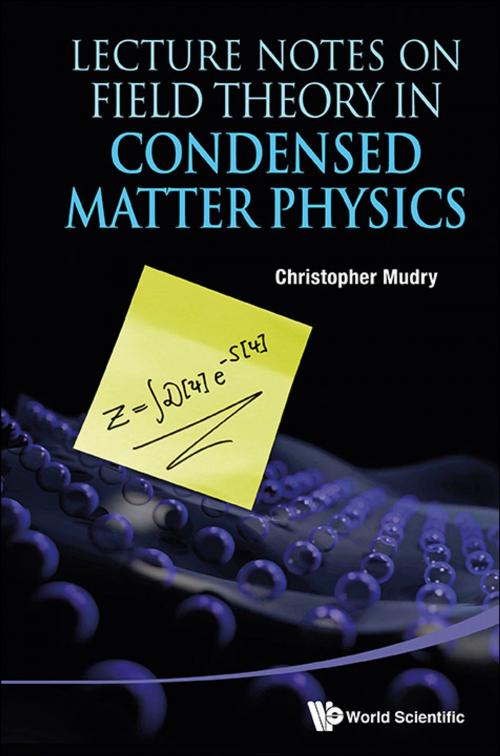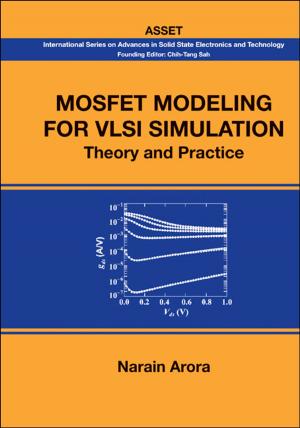Lecture Notes on Field Theory in Condensed Matter Physics
Nonfiction, Science & Nature, Science, Physics, Solid State Physics, Quantum Theory| Author: | Christopher Mudry | ISBN: | 9789814449120 |
| Publisher: | World Scientific Publishing Company | Publication: | February 28, 2014 |
| Imprint: | WSPC | Language: | English |
| Author: | Christopher Mudry |
| ISBN: | 9789814449120 |
| Publisher: | World Scientific Publishing Company |
| Publication: | February 28, 2014 |
| Imprint: | WSPC |
| Language: | English |
The aim of this book is to introduce a graduate student to selected concepts in condensed matter physics for which the language of field theory is ideally suited. The examples considered in this book are those of superfluidity for weakly interacting bosons, collinear magnetism, and superconductivity. Quantum phase transitions are also treated in the context of quantum dissipative junctions and interacting fermions constrained to one-dimensional position space. The style of presentation is sufficiently detailed and comprehensive that it only presumes familiarity with undergraduate physics.
Contents:
-
Bosons:
- The Harmonic Crystal
- Bogoliubov Theory of a Dilute Bose Gas
- Non-Linear-Sigma Models
- Kosterlitz–Thouless Transition
-
Fermions:
- Non-Interacting Fermions
- Jellium Model for Electrons in a Solid
- Superconductivity in the Mean-Field and Random-Phase Approximations
- A Single Dissipative Josephson Junction
- Abelian Bosonization in Two-Dimensional Space and Time
Readership: Graduate students and researchers interested in field theory in condensed matter physics.
Key Features:
- The book teaches important concepts in physics in a detailed and self-contained way using a modern language (quantum field theory) that is compact, elegant, and commonly used in present research
- The book introduces quantum field theory by deriving important concepts in condensed matter physics
The aim of this book is to introduce a graduate student to selected concepts in condensed matter physics for which the language of field theory is ideally suited. The examples considered in this book are those of superfluidity for weakly interacting bosons, collinear magnetism, and superconductivity. Quantum phase transitions are also treated in the context of quantum dissipative junctions and interacting fermions constrained to one-dimensional position space. The style of presentation is sufficiently detailed and comprehensive that it only presumes familiarity with undergraduate physics.
Contents:
-
Bosons:
- The Harmonic Crystal
- Bogoliubov Theory of a Dilute Bose Gas
- Non-Linear-Sigma Models
- Kosterlitz–Thouless Transition
-
Fermions:
- Non-Interacting Fermions
- Jellium Model for Electrons in a Solid
- Superconductivity in the Mean-Field and Random-Phase Approximations
- A Single Dissipative Josephson Junction
- Abelian Bosonization in Two-Dimensional Space and Time
Readership: Graduate students and researchers interested in field theory in condensed matter physics.
Key Features:
- The book teaches important concepts in physics in a detailed and self-contained way using a modern language (quantum field theory) that is compact, elegant, and commonly used in present research
- The book introduces quantum field theory by deriving important concepts in condensed matter physics















